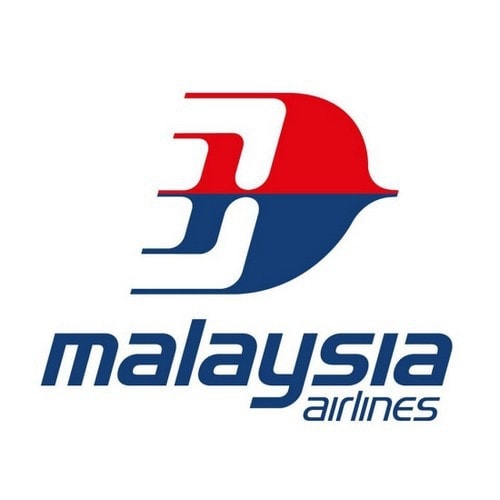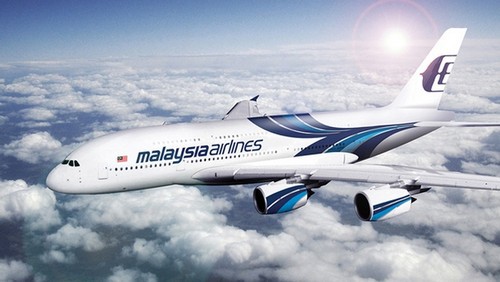Malaysia Airlines is an airline that operates flights from its headquarters in Kuala Lumpur. The airline which has been recently renamed as Malaysia Airline Berhad and operates flights to Asia, Australasia, Africa, the Americas, Europe, and the Middle East. The airline was founded in the year 1930 in Singapore and the first flight flew in the year 1947. Currently, the aircraft is operated from the Kuala Lumpur International Airport as its hub to around 61 destinations across the world.
The company has a fleet size of around 78 aircraft through its two subsidiaries Firefly and MA Swings. Malaysia Aviation Group which is the parent company of Malaysia Airlines has operations in domains like Air Transportation Services, Ground Services, Aircraft Leasing, and Talent Development. The airline registered an annual turnover of MYR 60 million in the year 2017 and has around 14,000 employees.
Table of Contents
Strengths in the SWOT analysis of Malaysia Airlines
Strengths are defined as what each business does best in its gamut of operations which can give it an upper hand over its competitors. The following are the strengths of Malaysia Airlines :
- Partnerships: One of the earliest partnerships of Malaysia Airlines was with Emirates and this enabled the airline to operate flights from Malaysia to Dubai. The alliance also opened up the entire network of Emirates enabling it to operate to 11 destinations including Rome, Paris, Madrid, and Frankfurt as well as 30 destinations in Europe, Middle East, Canada, and Africa.
- Customer-centric menus: Malaysia Airlines recently launched a new range of Malaysian dishes on their menu. In the business class, the airline has launched a dine on demand service which permits customers in luxury class to have their meals at their convenience. The airline has as made provisions to provide hot meals to passengers who travel in short flights even in economy class. These moves which are targeting at making the Malaysian experience global have proven to be hugely successful.
- Focus on performance improvements: Malaysia Airlines has been focusing recently on performance improvements through punctuality enhancements and on time performance. There has also been increased focus on improving customer service in Malaysia Airlines which aimed at making the in-flight experience better and reduce waiting times.
- Consolidation at the hub: The airline has consolidated their operations to the Kuala Lumpur airport. Through this move, the airline has been able to reduce the waiting time for passengers who are waiting for connecting flights. The connections are quicker and baggage transfer quicker and more reliable.
- Effective Frequent Flier Programs: The airline is using frequent flier programs for improving customer engagement and connect better with customers. The frequent flier program of Malaysia Airlines involves a number of freebies, automatic upgrades to higher classes and access to airport lounges.
- Fleet optimization: The partnership with Emirates has got the airline the flexibility to take off the B777-200s from the operation and the airline has also placed the order for four brand new Airbus A350-900s aircraft. These new additions to the fleet will help the airline expand to more horizons.
- Usage of technology: The firm is using IT as an enabler for streamlining activities by connecting end to end of the value chain through automation. The airline upgraded many of its customer interfacing software while trying to help their staff to collaborate better across various functionalities.
Weaknesses in the SWOT analysis of Malaysia Airlines
Some of the key weaknesses of Malaysia Airlines are:
- Capacity challenges: Malaysia Airlines has been facing challenges in maximizing capacity especially in shorter haul flights. The airline is also finding it immensely difficult to lure customers from low-cost airlines.
- Missing aircraft: Malaysia Airlines has been relentlessly fighting against the negative brand image and loss of face suffered by the airline from the missing of MH370 aircraft.
- Cost management: The biggest weakness of Malaysia Airlines is that the business is not able to manage its costs. The company is facing a lot of challenges in streamlining the budget and managing procurement in a cost-effective manner.
Opportunities in the SWOT analysis of Malaysia Airlines
Some of the opportunities include:
- Changes in customer preferences: As the number of working professionals have increased especially in Asia, people have started traveling both on pleasure and business. Higher pay scales, as well as increased travel budgets of corporate, has resulted in the average traveler being ready to shell extra for a more comfortable travel and thus this serves as an opportunity for Malaysian Airlines.
Threats in the SWOT analysis of Malaysia Airlines
Threats are those factors in the environment which can be detrimental to the growth of the business. Some of the threats include:
- Competition: The airline faces a lot of competition from brands such as Singapore Airlines, China Southern Airlines, China Eastern Airlines, Air China, Emirates Airline, Qatar Airways, and Etihad Airways
Liked this post? Check out the complete series on SWOT

